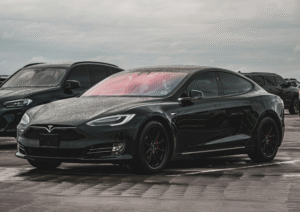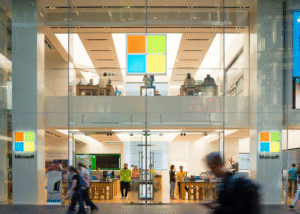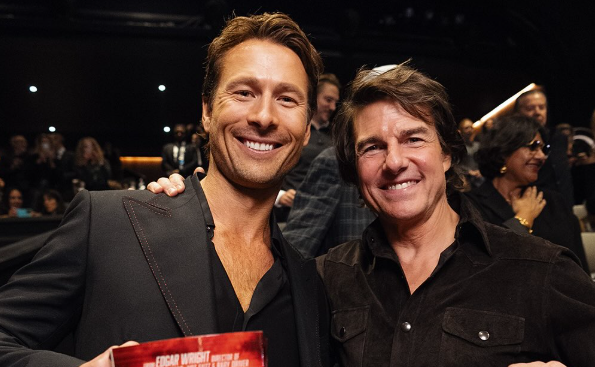If you’re a fan of beer, you might have heard some bad news lately. Many popular beers are reducing their alcohol content, leaving drinkers feeling a bit upset. One of the brands making waves is Grolsch, a famous lager. It recently lowered its alcohol strength from 4% to just 3.4%. This change has sparked a lot of conversations among beer lovers, who are not happy about it! So, let’s dive into what’s going on with Grolsch and other brands and why this trend is happening.
Grolsch’s New Recipe: What’s the Big Deal?
Grolsch is a well-known Dutch Pilsner that has been a favorite among many beer drinkers. After being taken off the shelves for a year due to low sales, it made a comeback in the UK in 2020, but now with a twist! Originally sold at 5% alcohol by volume (ABV) in Europe, it now sits at a lower strength in the UK. Some drinkers are scratching their heads, wondering who these lighter beers are for.

One upset drinker tweeted, “Another once decent beer, ruined.” They reminisced about the old Grolsch and questioned the target audience for the new 3.4% version. Another frustrated fan chimed in, asking, “Is anyone really calling 3.4% a premium pilsner?” They also wondered if there would be a price drop to match the drop in strength.
What Are People Saying?
The reactions from Grolsch drinkers have been loud and clear! Many are expressing their disappointment online. One person bluntly stated, “At 3.4%, there is no point drinking it.” These comments highlight how serious beer enthusiasts feel about these changes. For them, the alcohol content is essential to enjoying their favorite beverage.
Asahi, the company that brews Grolsch, said they had “learned a lot” about drinkers’ preferences. They conducted research and decided to lower the alcohol content to 3.4%. They believe this change will still provide a quality beer that appeals to a wide range of consumers. But, is that really the case?
The Big Picture: Why Are Beers Getting Weaker?
So, why are many breweries suddenly lowering the alcohol content of their beers? The answer lies in something called “drinkflation.” This term describes how alcohol content is decreasing while prices often stay the same. Since August last year, the UK has had a new tax rule that taxes drinks based on their strength rather than their type. This means beers with higher alcohol content are more expensive to produce.
Breweries are looking for ways to save money while keeping their prices appealing to customers. As a result, they’re lowering the alcohol content. This strategy allows them to save a few pennies on every bottle or can sold, between 2p and 3p. It seems that many drinkers are not thrilled with the idea of “drinkflation.”
Who Else Is Joining the Trend?
Grolsch is not alone in this movement. Other popular beer brands are also lowering their alcohol content. For example, Kronenbourg, now called 1664 Bière, dropped from 5% ABV to 4.6%. Carlsberg Marston, a big player in the beer market, stated that British drinkers are leaning towards lighter beverages.
Hophead, another brand, reduced its alcohol content from 3.8% to 3.4%. Even John Smith’s Extra Smooth has lowered its strength from 3.6% to 3.4%. These changes are spreading across the beer market, leaving many to wonder what’s next.
Are We Seeing a Shift in Taste?
With all these changes, it seems like beer drinkers are facing a new reality. Many traditional beer lovers prefer drinks with higher alcohol content. But as breweries adapt to changing tastes and economic pressures, we might see more beers with lower strength. This trend raises questions about whether beer drinkers will accept these new versions of their favorite drinks.

Are people ready to try these lighter options, or will they search for stronger alternatives? Some drinkers are now looking for craft beers that maintain their higher alcohol levels. Others are exploring new brands that offer a better balance of taste and strength.
What Does This Mean for the Future of Beer?
As drinkers adjust to this “drinkflation” phenomenon, it’s important to understand how this could shape the beer industry moving forward. Will major breweries continue to lower their alcohol content, or will they find a way to offer stronger beers again? The answer might depend on what consumers want.
The beer market has always been about choices, and with the current trend, breweries will need to pay close attention to consumer preferences. Many beer drinkers are passionate about their favorite brands and the alcohol strength they offer. If major brands ignore these voices, they risk losing loyal customers.
A Toast to Change?
In the end, the world of beer is changing, and it seems drinkers are not thrilled about it. The reduction of alcohol content in popular beers like Grolsch has sparked significant conversations online. With the rise of “drinkflation,” breweries are trying to balance costs while keeping their customers happy.
As the beer landscape shifts, drinkers must decide what they want in their pints. Will they embrace these lighter options, or will they seek out stronger alternatives? Only time will tell! So, next time you raise a glass, think about what’s inside. Is it what you truly want, or has the beer world changed too much? Cheers!











